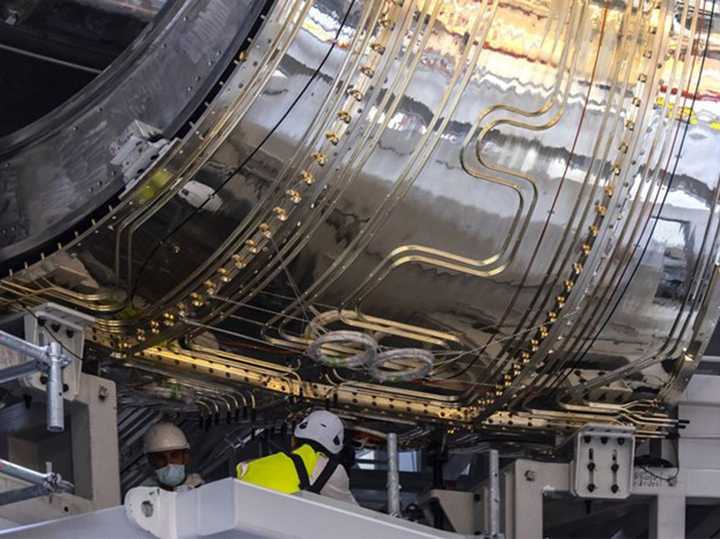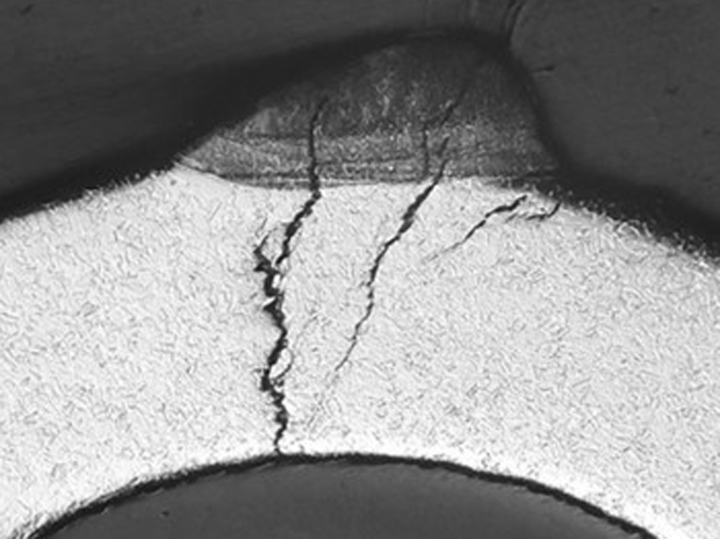ITER has cracked: the international thermonuclear reactor is about to be dismantled
[ad_1]
Russian scientist explained the cause of the breakdown
The International Experimental Thermonuclear Reactor – the ITER tokamak (ITER) has cracked. Helium unexpectedly leaked from the thermal protection of the reactor during the test switching on of the system. The launch, of course, was postponed, and now the question arose of dismantling the huge installation. Correspondent “MK” learned the details of what happened.
A huge building with an area of about 1 square kilometer began to be built on the outskirts of the French city of Cadarache 2.5 years ago. Seven countries are participating in the process: Russia, China, the European Union, India, Japan, South Korea and the United States. Each state makes its own contribution to the common cause – various elements of the tokamak, which then must be docked on the spot with high accuracy.
Russia contributes to the project 10% of its total amount (it is almost $20 billion). We create devices for plasma heating, chamber walls, magnetic coils, diagnostic systems and other components.
“Recently, there was a bright event – on November 1, Russia sent a coil of superconductors to ITER,” says Yuri Gasparyan, Associate Professor at MEPhI. “It was the final element of the design. Now after unsuccessful testing work is suspended.
– Please tell us where and how the helium leak occurred?
– A tokamak is a device, in the center of the plasma “cord” of which, during its operation, a huge temperature is created, hundreds of millions of degrees, higher than in the sun. Vacuum walls from this heat up. To keep the plasma, it is necessary to create a strong magnetic field in the reactor with the help of superconducting coils. But superconductors can only function at very low temperatures. This combination of huge temperatures with zero involves the use of heat shields that separate the hot and cold zones, as in a thermos.

Naturally, the heat shield and its cooling system, which consists of many tubes filled with helium, must be airtight.
But during the next test, when helium was let through the tubes, a crack formed in one of them – experts revealed a leak of cooling helium.
– Which of the participating countries supplied a defective heat shield?
– I can say for sure that this is not Russia. All elements supplied by us are of the highest quality and do not fail. As for the vacuum chamber and its protective thermal shield, several other countries participating in the project could take part in their manufacture and assembly at once.

– Can the heat shield be repaired on site?
– It is difficult to do repairs on the spot. It is assumed that the organizers of the ITER assembly should make a decision on dismantling the chamber in the near future.
– The first launch of the reactor was scheduled for 2025. This state of emergency can change the date?
– Not excluded. But how far everything can move is still unknown.
[ad_2]
Source link








